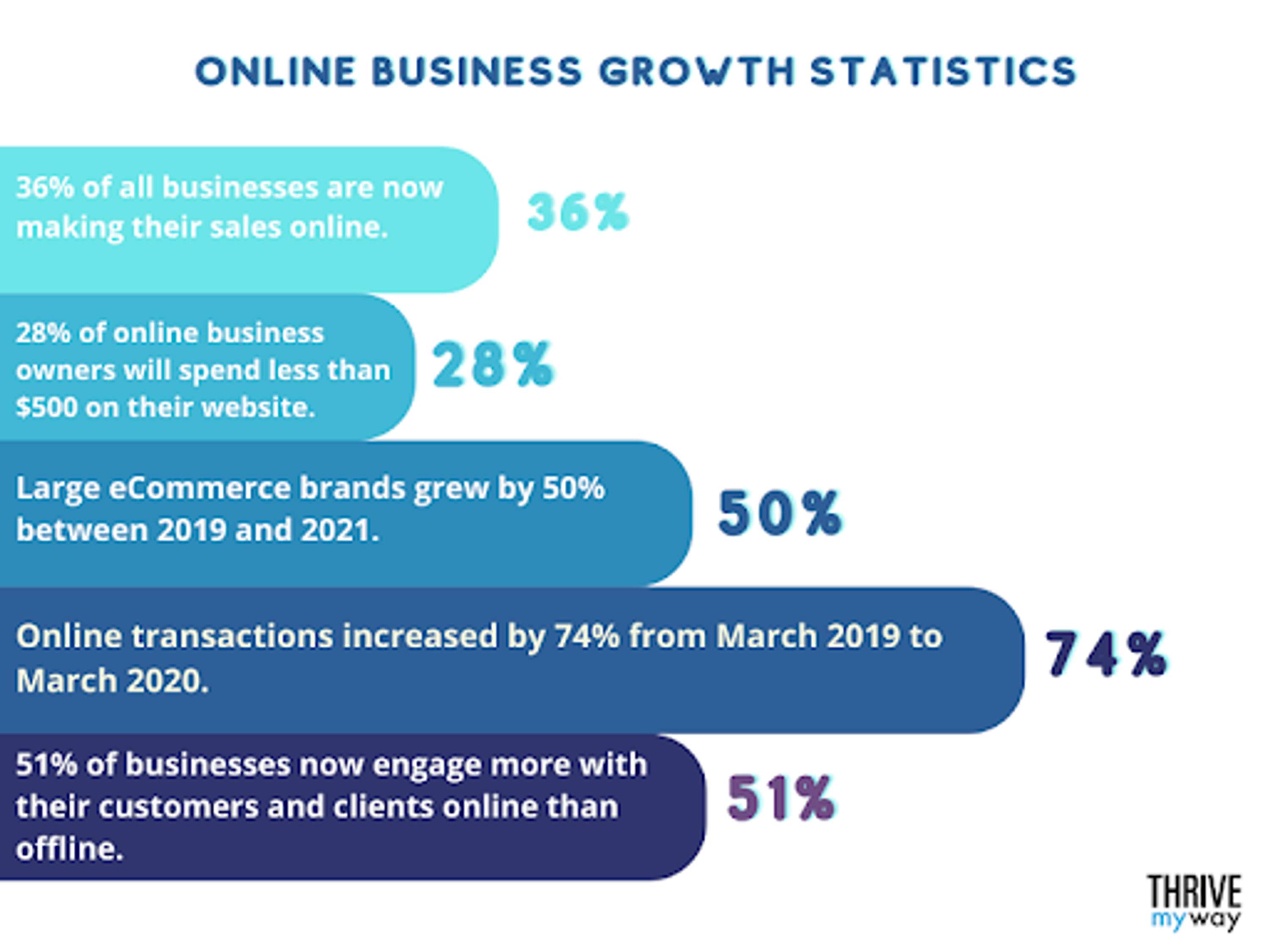2. A website is open 24/7
Web apps open 24/7, which means that your business will always be there to provide information when and where it's needed. A website is great for consumers because they can quickly find what they're looking for without having to spend hours searching on Google or through the phone book. With one click, they can find exactly what they need and get in contact with your business instantly.
3. A website provides marketing opportunities
A good online presence provides marketing opportunities that are hard to find elsewhere. It can be used as a blog, an online store, and more. You can also use it to showcase your services, products, and more. A website is one of the best ways to get your name out there quickly and easily. And people will often turn to Google first when they're looking for a new business or product - so having a website is a great way to show up high on the search engine results page!
4. A website can increase sales
A website can increase sales by allowing people to easily find your business, check out products and services, and purchase items from the comfort of their own home. Plus, you can have e-commerce capabilities that allow customers to purchase items without having to physically enter your store.
In addition, a website provides potential customers with information about the products and services you offer, which makes it easier to engage with people who are interested in what you do. Plus, a website gives customers the opportunity to get more involved in your brand by providing blog posts or other content they can use and share on social media.
5. A website can save you money
A well built website is one of the best ways to save money. Not only will you spend less on printing materials, but you can also cut down on marketing costs by having online promotions like email campaigns.
Business websites can also be accessed anywhere in the world, which means that you don't need to worry about shipping and handling. You can also save money with SEO (search engine optimization) which is a cost-effective strategy that helps your website rank higher in search engines like Google and Bing.
6. A website can help you track your progress
These business websites can help you track your progress. You can set goals and benchmarks and make sure you stay on track. It also provides your clients with an easy way to find you on the internet, see your work, and learn more about what you do. It's convenient to be able to access this information from any device with internet access.
Plus, it doesn't cost anything if someone visits your site as long as they are using wifi or data! If they go out of their way to visit your site over their cellular network, then there is a small fee associated with that visit.
7. A website can help you reach new customers
A website is one of the most important tools you can invest in to help your business reach new customers and be seen by other businesses. A website can help you grow your business exponentially, but it doesn't have to be expensive or complicated.
You can build an affordable and easy-to-use website with one of these five free website builders: Wix, Weebly, WordPress, Google Sites, or SquareSpace. If you're not sure which platform is best for you, you can take help from any website development companies!
8. A website can help you stay organized
You can store your business information in one place, publish news and schedule updates, and much more. A website will also help you stay organized by allowing you to save all the information that is important to your company in one place. This includes documents, presentations, and any other files necessary for running your company.
A business website will also allow customers to find you online easily. If they are looking for products or services similar to what you offer, they'll be able to find you with ease on the web and contact you with their questions or concerns.
9. A website can be a powerful branding tool
If it’s promoted properly, a website can be a powerful branding tool. It is the first impression you make on customers and it provides a virtual storefront to showcase your products or services. A website can help establish credibility, build trust, and grow a following - all valuable assets for any business owner. Online retailers rely heavily on the web to drive sales and to promote their brands because it's an easy way to reach new customers who might not find them otherwise.
10. A website can improve customer service
It’s seen that websites can improve customer service. For example, if your company deals with an online product and doesn't have a website, potential customers might have to fill out an online form to get in contact with you or place their order.
But if your company has its own website, people can simply click Contact Us on the site to send you their email address and phone number. Not only does this save them time and effort, it also lets them know that your business is responsive and cares about customer service.



